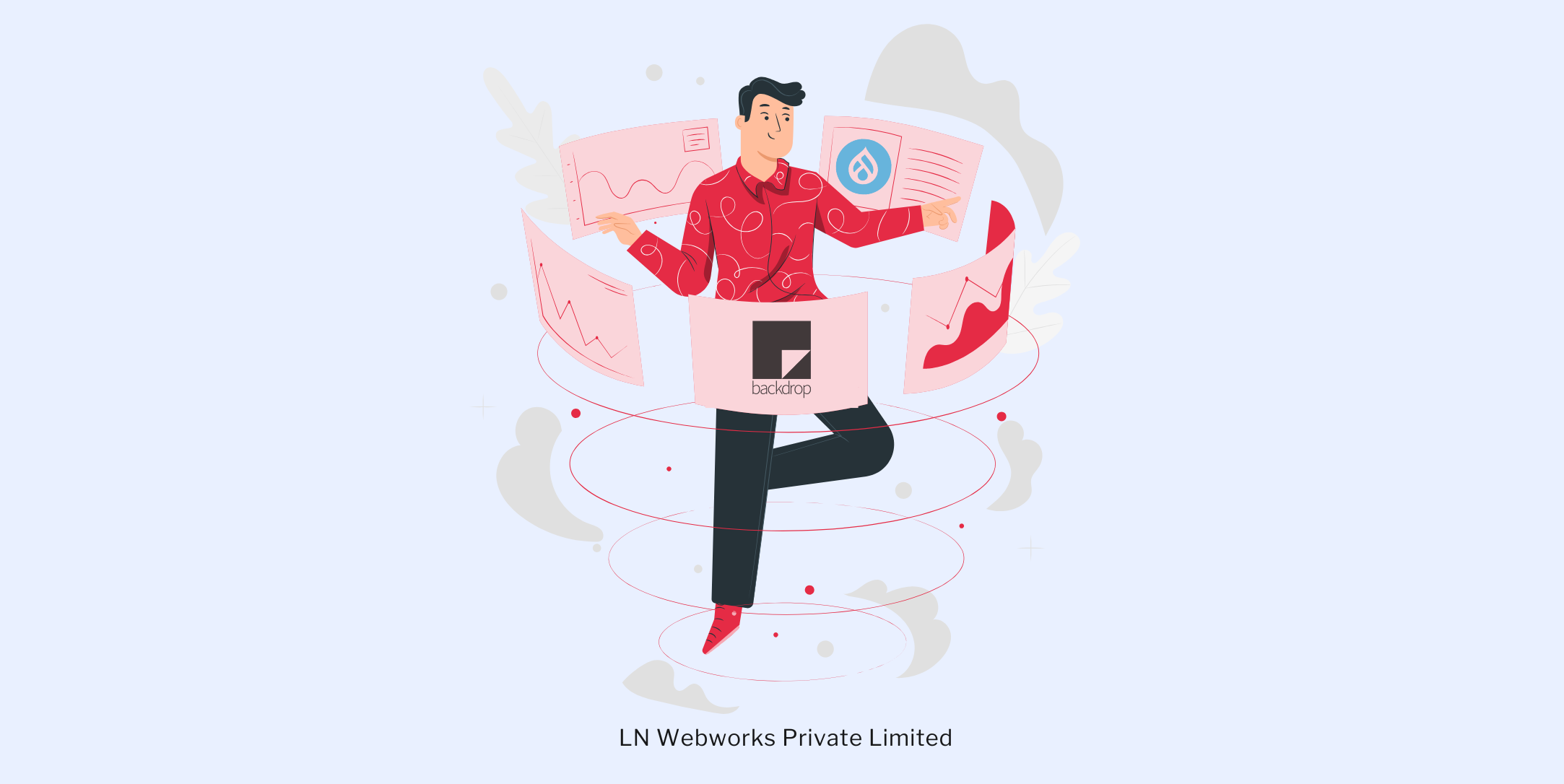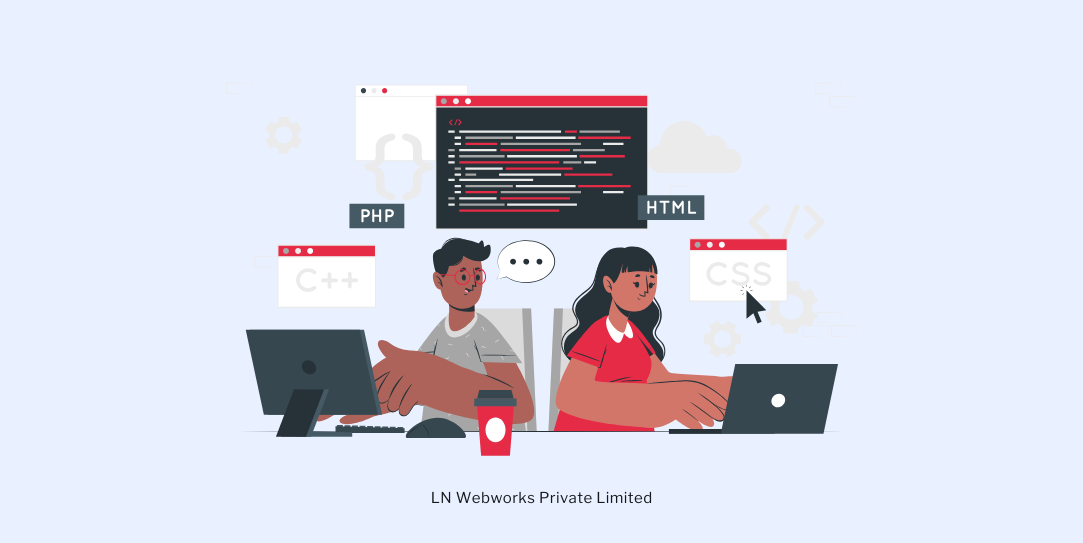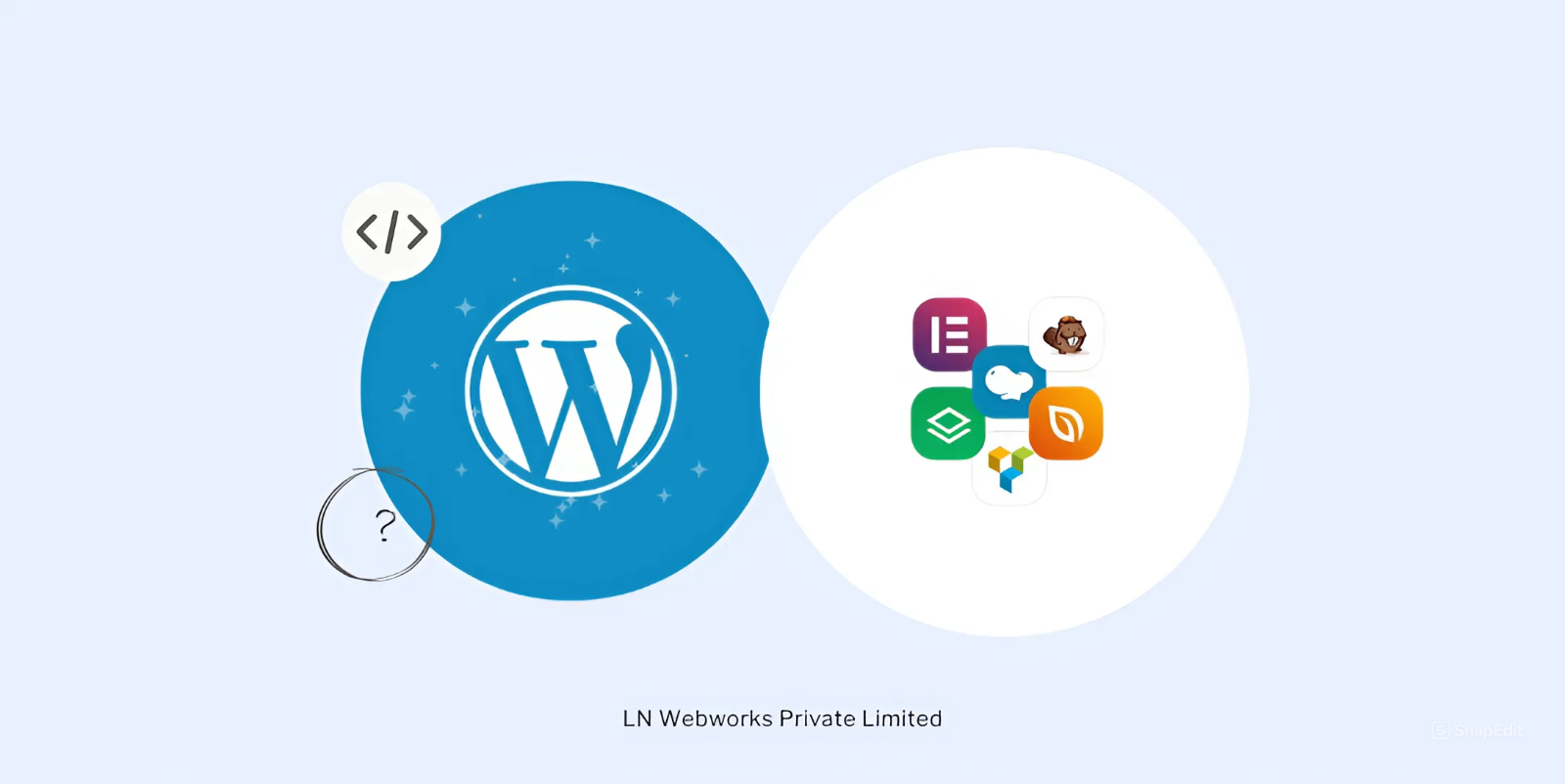Subscribe To Our NewsLetter
Share This Post:
A visually appealing and well-performing website offers much more than just aesthetics. It's not just a digital medium to connect with your audience but also serves as the engine that drives business growth.
You can encourage your visitors to explore your website, which helps foster a lasting relationship. To ensure this, you must design each page of your website that is optimized for mobile devices, incorporate strong SEO practices to attract relevant traffic, and align with your brand identity.
Remember the last time you visited a website and immediately knew where to find what you needed? That's user-centric design in action.
Having said that, while designing your website pages, make sure they have a specific goal and purpose that guides visitors through the sales funnel effectively.
Various companies opt for UI/UX design services for the website design process, but some of them choose to create it themselves as it can be a relatively cheaper option.
If you also want to create a website yourself and want to know the web design process from start to finish, then you are at the right place. In this blog, we will outline the essential steps that can help you build a website seamlessly.
How to Design a Website?
Here are the steps for designing a website-
1. Define your website's purpose
Planning your website is the first and one of the most important steps in the website design process, as it will define the purpose, design, features, and budget for your website.
Here are a few questions you should ask before you start building the website:
- What is the primary objective of creating a website
- Who will be the target audience
- What type of website do you want to create (after identifying who your target audience is), whether eCommerce site, business, blogging, resume website, etc
- Who are your top competitors, and how can you make your site stand out
- What actions should visitors take upon opening the site: browse your products, make a purchase, read content, or sign up for a newsletter
Once you have the answers to these questions, the whole project can become quite easy for you. You can also look at some of the best website designs to get an understanding of how your website should look like. Once you decide the type of website you need, it's time to start the exciting part - designing your site.
2. Choose your website builder or CMS
Selecting the right website builder (also known as CMS) for your website is like laying the strong foundation for a building. It's not just about looks; it's about stability, scalability, and success. Website builders are platforms that enable you to design, customize, and publish a website without any required coding knowledge.
Thus, while choosing a website builder, you need to compare its features, compatibility, and pricing with your site's goals. The right platform ensures your website runs smoothly, loads quickly, and keeps visitors engaged.
Using a potent website builder or CMS helps you create, manage, and update your website content without any technical knowledge or the assistance of web developer. Furthermore, it expedites the website development process as it comprises numerous pre-built templates.
Here are a few things that you should consider while choosing a CMS:
- Purpose and functionality
- Ease of use
- Technical expertise
- Customization options
- Support
- Budget
Some of the well-known CMS platforms are WordPress, Shopify, Wix, Squarespace, and many more.
3. Pick a website layout
Your website layout should be such that the visitor should immediately feel overwhelmed or, conversely, instantly at ease. Picking a layout means planning how your website will look and where you will place the content on every page.
For creating a website, you will need first to pick a web design template, select the color scheme, create a logo, and choose the font or typography options.
Picking the right layout will keep visitors on your website for longer and enable them to find what they are looking for effortlessly. This will create an overall experience that resonates with your audience.
If you are building your website from scratch, use a drag-and-drop editor to lay out your site or select from prebuilt templates. There is another option as well, which is choosing a template, a pre-designed layout created by a professional designer.
You should select the layout as per your site's goal. Plus, keep in mind that the designs should make it easy for users to find the most important information on the page easily.
Take Apple's website, for instance. Its minimalist layout, abundant white space, and striking visuals aren't just pretty – they're strategic. This design approach:
- Highlights products effectively
- Creates a sense of luxury and simplicity
- Aligns perfectly with the brand's identity
So, here are a few things that should be easy to find as per website type-
1. Online store- Homepage featuring products
2. Portfolio sites- Highlight the best work
3. Business website- Communicate the business value and products
4. Event pages- Important or upcoming events information
5. Blogs- Blogs organized from the latest one posted or the most trending one
4. Claim your domain name
Selecting a domain name can be a time-consuming task. A domain name is your address on the internet; it is what the visitors will see in the browser bar, such as www.abc.com. Ensure that the domain name you choose goes with the products or services you offer.
Usually, for domain names, people use their personal or business names as it makes it easy for people to find them. In fact, a domain name also helps search engines get an idea of what your website is about, which also helps fetch more traffic to your website.
Here are a few things to keep in mind while selecting a domain name-
- Keep it short
- Avoid symbols and special characters
- Use your name or business name to make it easily findable
- Try and use words that indicate what your business is about
5. Set up the essential pages
Now that we have set up the website, it is time to decide what pages should be included on your website. If you are going for a multi-page website, there are a few pages that are a must, including-
1. Home page- This is the first page that will open as soon as the visitors click your website link. Thus, it should be eye-catching, clean, and organized. You should remember to put a strong CTA on your home page that persuades visitors to make a purchase
2. About Us page- The About Us page should include your company's mission, value, history, and goals. Try to use the first person, such as I or we to address your readers; it makes them feel more connected to your brand. Also, add a picture of yourself and team members as clients, like watching the face behind the brand
3. Contact Us page- This page includes information such as an address, contact number, email address, and social media accounts. You can also add a live chat widget on this page that will allow users to get in touch with your team instantly
4. Product/Service page- This page showcases the details of the products or services you offer in detail. Make sure to add high-quality images and excellent descriptions of your offerings, as they play a vital role in persuading a customer to make a purchase
5. Blog page- Creating a blog page shows you as an expert in your industry, plus it is also a great way to rank on top of the search engines, increase visibility, and drive more traffic to your site. You can publish any kind of blog as per your product or services, such as educational, how-to, informational, listicles, etc.
6. Testimonials- This page is a great way to get more visitors to your website and build trust and credibility with potential customers. These testimonials showcase positive experiences from your previous customers who have used your product or service and act as social proof.
6. Make it accessible to everyone
Once you have decided on the theme, color, font, and content of your website, test your website to check there is no broken link. Plus, also test the loading speed of every web page. You can also run a demo by asking your family members, friends, or colleagues to use your website and provide their feedback.
If everything seems good to you, make it live. Ensure that your website is accessible to everyone, including people suffering from hearing loss, visual impairment, or other disabilities.
The next thing you should include in your website design process checklist is mobile optimization, as most of your users will be using mobile devices to visit your site and make a purchase.
In fact, you can also do A/B testing. It's a usability testing method where your website designer will create two versions of your site and assign them to different user groups. By the end of the test, they will compare and determine which one performed better. It will provide more data-driven insights about what works best and what doesn't.
After getting the results and making adjustments, feel free to publish your website. Your work doesn't end here. Keep track of different metrics, such as page views, conversion rate, bounce rate, traffic sources, etc., and accordingly make changes to your website.
The Bottom Line
Every great website starts with a single pixel, so if you are a beginner and confused about where to start, this website design process will be a great help for you. Each step not only helps you craft a website that's not only functional but also easy to navigate and aligns with your brand's identity.
Still, if you want some technical expertise, you can always get in touch with a good UI/UX design company that offers wonderful UI/UX design services like LN Web Works. They offer digital Drupal solutions and consulting for websites. Book a demo today!
Share This Post:
Author Information

Deepak
Deepak has a close to decade of experience working as a brand and digital designer. His experiences with visual design, web design, print design, and animation have established him as a useful force wherever he is able to serve.
Talk With Certified UX Experts Of LN Webworks!
Related Articles
February 11, 2025
How to Migrate from Drupal 7 to Backdrop CMS
February 10, 2025
What Is Full Stack Development? A Complete Guide
February 6, 2025



